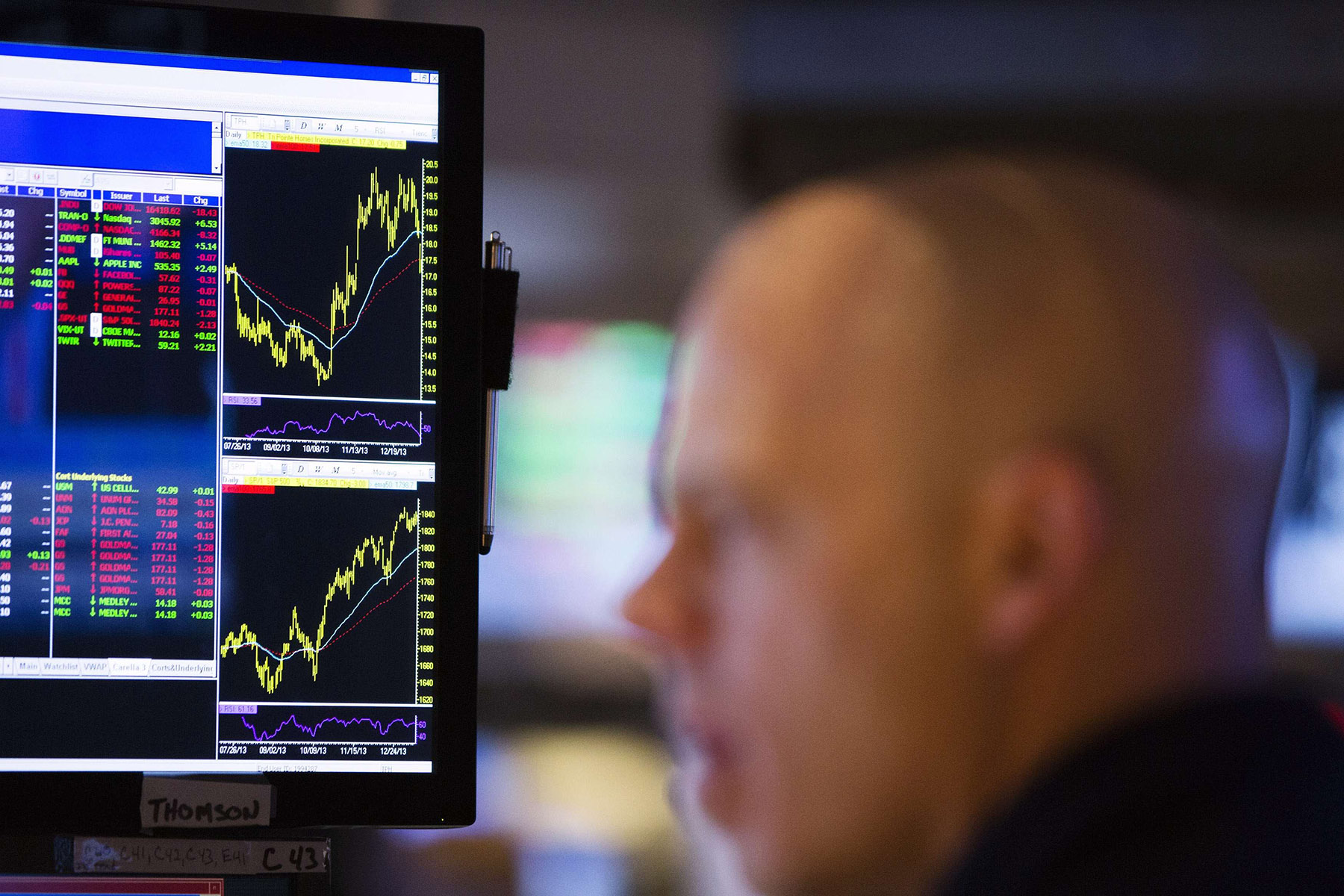
Is the U.S. economically exceptional? It’s a question that’s suddenly worth asking, since 2014 looks to be the year the U.S. will regain its traditional position as the world’s economic engine–a role that seemed lost forever in the dark years following the 2008 financial crisis. Assuming the current projections of 3%-or-more GDP growth for this year hold, the American economy will, for the first time in more than five years, expand as fast as or faster than the global economy as a whole. It will top many of the once hot emerging markets as well. The resurgence has myriad implications for the U.S., of course. But given the implications for the global economy, it’s attracting attention everywhere (including among the leaders gathered at the World Economic Forum in Davos from Jan. 22 to Jan. 25).
Here’s the short story: The U.S. has exited from financial crisis; Asia and Europe have not. China, the second largest economy in the world, is pretty much where the U.S. was five years ago–deeply in debt. Back then it took China just over a dollar of debt to create every dollar of economic growth, according to Ruchir Sharma, Morgan Stanley’s head of emerging markets. Today four dollars of debt are needed to create one dollar of growth in the Middle Kingdom. (Sharma considers the debt-to-growth ratio the most reliable predictor of financial crisis over the past 100 years.) Growth in China is already down sharply from its double-digit peak years before 2008, to 7.7%, and it could fall even more sharply in the face of a banking crisis.
Japan, where government debt is over 200% of GDP, continues to struggle too. Short of some serious austerity, Japan will probably have to live with another lost decade or two of negligible growth. As for Europe, while central bankers have saved the euro (at least for now), deflation is making the region’s already bad debt troubles worse. A new round of banking crises could reignite the whole euro-zone-breakup risk again.
In the midst of all this, the U.S. looks pretty good. Americans have a lot going for them: cheap energy, relatively skilled and low-cost workers, a newly robust manufacturing sector and, most important, private balance sheets that are back in the black. American consumers have gotten their finances in order, and businesses are sitting on more cash than ever before–as much as $2 trillion at home and the same amount in bank accounts abroad.
Whether Americans are indeed exceptional will come down to what they decide to do with these assets. A recent Accenture survey tallied the optimism among CEOs and other top executives in 20 countries and found that 64% of them were bullish on the U.S. and planning to locate more labor and operations there in 2014. Companies may finally stop sitting on so much cash and use it to invest in workers and equipment. That would spark a virtuous cycle that should ultimately lead to real, sustainable growth of 3% to 4%, which is what the U.S. needs for unemployment numbers to continue ticking down. Incoming Federal Reserve Chair Janet Yellen recently told me she’s hopeful that businesses will start spending this year.
If they do, pay attention to what types of jobs get created. That’s where the argument for exceptionalism gets trickier. Over half of all U.S. jobs created in 2013 were in low-wage sectors, like retail or health care, where paychecks are actually shrinking relative to inflation. Part-time workers still make up more of the workforce than is healthy. And the participation rate, meaning the number of people with jobs relative to the overall working-age population, is the lowest it’s been since 1978, before women started coming into the labor force en masse. (The unemployment rate, by contrast, takes into account only workers who are seeking jobs.) While some economists argue that this reflects the retirement of baby boomers, Westwood Capital managing director Daniel Alpert points out that it’s not nearly enough to account for the many millions of workers who’ve dropped out of the labor market. “There is much more going on here than the retirement of some lucky baby boomers,” he says.
So 2014 will be a telling year. Hopefully we will learn that the U.S. is in the early stages of a traditional recovery, the kind that will eventually trickle down to the masses and create the sort of middle-class jobs we need to spur growth (albeit a lot later in the cycle than in recessions and recoveries past). It could, however, turn out instead to be something new: a two-tier recovery that will create growth and jobs but only at the top and bottom of the pyramid. We’re about to find out whether the American economy is exceptional or whether Americans are just in an exceptional kind of recovery.
More Must-Reads from TIME
- Cybersecurity Experts Are Sounding the Alarm on DOGE
- Meet the 2025 Women of the Year
- The Harsh Truth About Disability Inclusion
- Why Do More Young Adults Have Cancer?
- Colman Domingo Leads With Radical Love
- How to Get Better at Doing Things Alone
- Michelle Zauner Stares Down the Darkness
Contact us at letters@time.com